
-Firstly, I had read the comment on this blog. I thought my texts were too much or over-present in my PowerPoint. I agree that this problem will affect and lose audience interest at some point. So, I recreated my PowerPoint slide based on the PowerPoint strategy lesson that we had learned a couple of weeks ago. Also, I did record again based on what I had in my slides. I took down some words, recreate words to graphics, and added more pictures because I want to emphasize the modality principle. The modality principle explains how humans learn better through visual and spoken words rather than from printing boring words. It will create images immediately once the audience receives information by hearing it, so they do not need to look for evidence.
-Secondly, I did slow down a bit for my audio presentation with a pause between each slide. I want to improve my personalization principle to let the audience process the information first before I go on to the next page. It also helps me on segmenting principle that I divided some content into two pages. Then I will not run into problems like so much information on one page. For the multiple-choice, I did pause to let the audience write it and think about it while learning. Furthermore, with the important context, I did make a red poster to catch the audience’s eyes. So, they know what to focus on and what is important.
-Overall, I did rethink and recreate my PowerPoint. And I hope everyone did learn something through my quick introduction on friendship and relationship and also see how both will influence our lives.
Video about Psychology to focus on friendship and relationship:
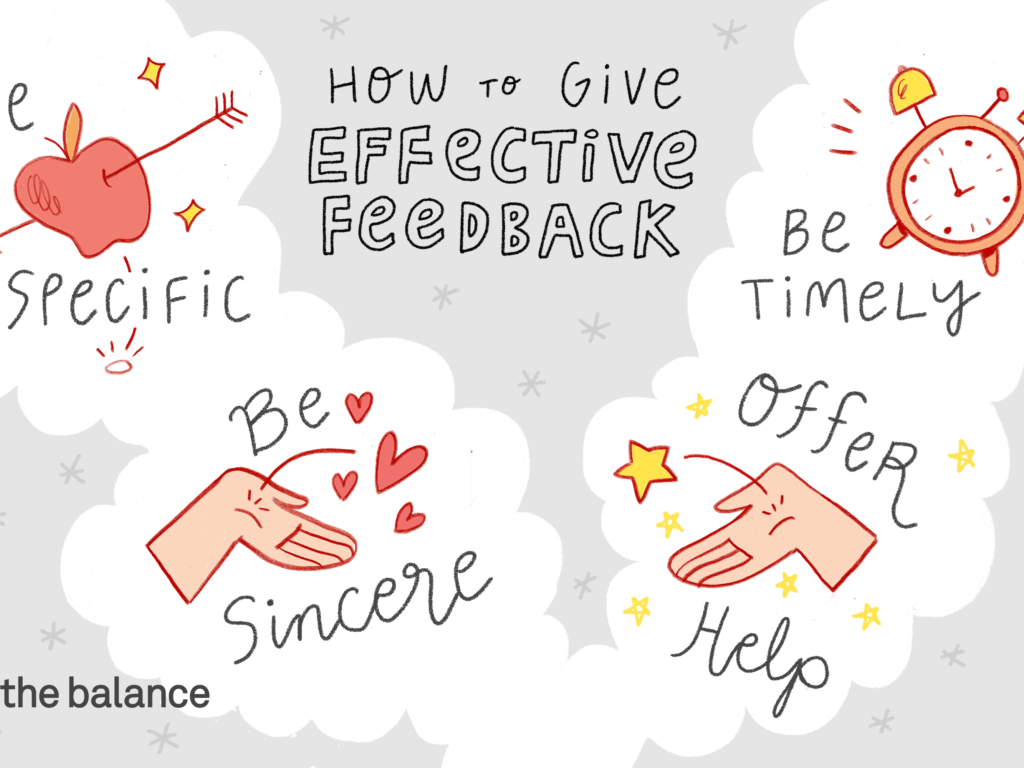
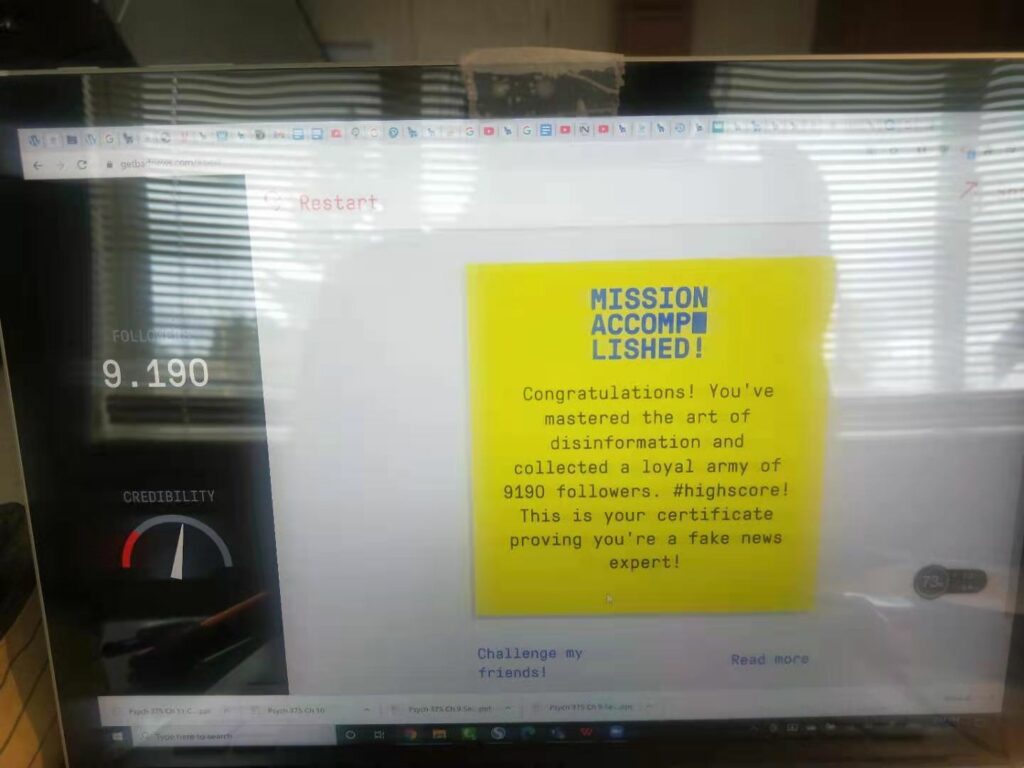
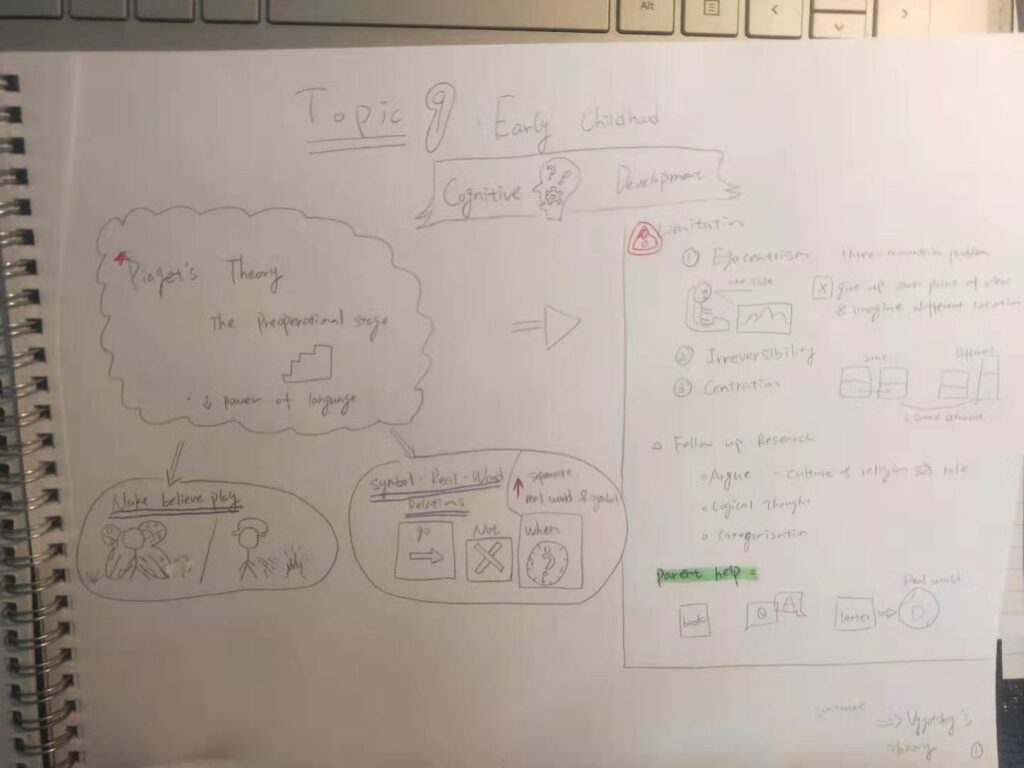



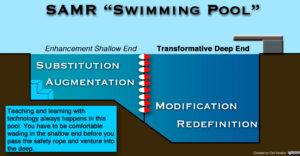 Multimedia is widely using in people’s daily life, so people are more likely to seek fast and easy technologies such as video, PowerPoint, WordPress, or some other online teaching tools. After I learned the SAMR model, I found that some of the paperwork in school can not just substitute for technologies. For example, I know a lot of teachers are using software or apps to create a test. It saves a lot of time because the computer is doing all the calculations for us. However, if there is one small error that carries out through the whole exam students will be more likely to get a zero. One small error can make a huge difference so the combined real person to go through it or repeat the process might be better just change to technologies. Another point is teachers need to pay more attention to the surface “substitution” part. If students can not get full engagement on the base level, then it is hard to dive into redefinition by using different technology tools.
Multimedia is widely using in people’s daily life, so people are more likely to seek fast and easy technologies such as video, PowerPoint, WordPress, or some other online teaching tools. After I learned the SAMR model, I found that some of the paperwork in school can not just substitute for technologies. For example, I know a lot of teachers are using software or apps to create a test. It saves a lot of time because the computer is doing all the calculations for us. However, if there is one small error that carries out through the whole exam students will be more likely to get a zero. One small error can make a huge difference so the combined real person to go through it or repeat the process might be better just change to technologies. Another point is teachers need to pay more attention to the surface “substitution” part. If students can not get full engagement on the base level, then it is hard to dive into redefinition by using different technology tools.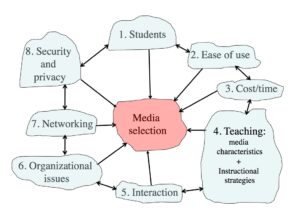 Technologies give people more variety of learning methods. The strength of the SECTION model does explain how people can use select teaching and media tools base on students’ interests. For example, technologies can well support people who are blind or hearing disorder; then they can use either voice record method through online teaching. It is a better way to lower the cost of hiring a professional teacher and decrease stress when people are struggling to learn in a crowded environment. However, depends on the lesson or app that people are creating, it may increase the cost by time and retesting the lessons. Besides, because of the modern fast development of multimedia, it is a lack of privacy that teachers can control. Overall, teachers need to think it is necessary to use section model and multimedia or not, then create the lesson based on the needs.
Technologies give people more variety of learning methods. The strength of the SECTION model does explain how people can use select teaching and media tools base on students’ interests. For example, technologies can well support people who are blind or hearing disorder; then they can use either voice record method through online teaching. It is a better way to lower the cost of hiring a professional teacher and decrease stress when people are struggling to learn in a crowded environment. However, depends on the lesson or app that people are creating, it may increase the cost by time and retesting the lessons. Besides, because of the modern fast development of multimedia, it is a lack of privacy that teachers can control. Overall, teachers need to think it is necessary to use section model and multimedia or not, then create the lesson based on the needs.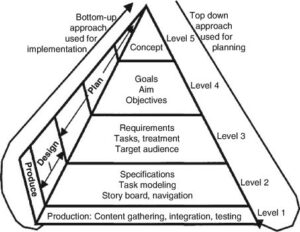 ns. Nowadays, there are many multimedia lessons had well developed, so people should first make the lesson as fun as possible to catch the audience’s eyes without drying them out through the lesson. Brainstorm and detail plans will make teachers less frustrating if students lose interest or too difficult to follow. The teacher may easily change to another way of teaching this concept because they had fully prepared those outcomes. When people making plans, they should know how to interact with their audience that is related to the Ecological theory. This theory demonstrates how child development can interact with the environment and how environmental factors will influence children’s behavior (Paquette&Ryan, 2009). Therefore, if the teacher had made enough interactions with students, they will not only learn some knowledge through this lesson but also use this knowledge to apply future problems.
ns. Nowadays, there are many multimedia lessons had well developed, so people should first make the lesson as fun as possible to catch the audience’s eyes without drying them out through the lesson. Brainstorm and detail plans will make teachers less frustrating if students lose interest or too difficult to follow. The teacher may easily change to another way of teaching this concept because they had fully prepared those outcomes. When people making plans, they should know how to interact with their audience that is related to the Ecological theory. This theory demonstrates how child development can interact with the environment and how environmental factors will influence children’s behavior (Paquette&Ryan, 2009). Therefore, if the teacher had made enough interactions with students, they will not only learn some knowledge through this lesson but also use this knowledge to apply future problems.
Recent Comments